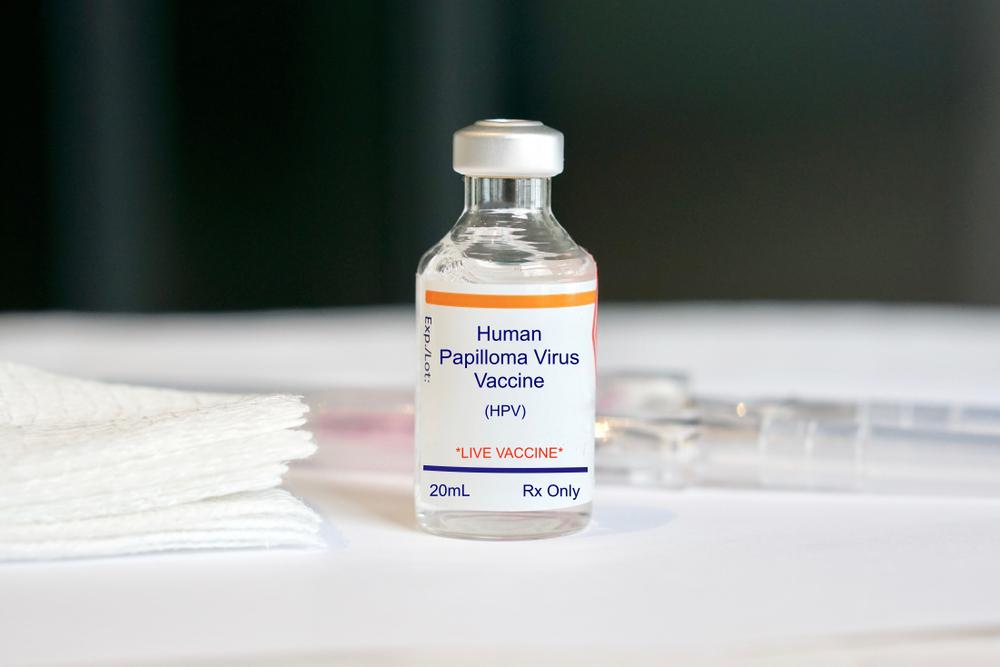World’s Most Common Pain Reliever May Induce Risky Behavior
Tylenol is one of the most consumed medications in the US – and the most taken pain medication worldwide. It turns out it may do a lot more than simply take the edge off your headache.
Acetaminophen, Tylenol, may also increase risk-taking, according to a study from 2020 that measured changes in people’s behavior when under the influence of the common over-the-counter medication.
“Acetaminophen seems to make people feel less negative emotion when they consider risky activities – they just don’t feel as scared,” explained neuroscientist Baldwin Way from The Ohio State University.
“With nearly 25 percent of the population in the US taking acetaminophen each week, reduced risk perceptions and increased risk-taking could have important effects on society.”
This study adds to a growing body of research suggesting that acetaminophen’s effects on pain reduction also affect various psychological processes, lowering people’s receptivity to hurt feelings, experiencing reduced empathy, and even blunting cognitive functions.
The research suggests people’s ability to perceive and evaluate risks may potentially be altered or impaired when they take acetaminophen.
While the effects might be slight they’re worth noting, as Tylenol is the most common drug ingredient in America, found in over 600 different medicines.
In an experiment involving over 500 university students, Way and his team measured how a single 1,000 mg dose of Tylenol affected their risk-taking behavior, compared against placebos randomly given to a control group.
In each of the experiments, participants had to pump up an un-inflated balloon on a computer screen, with each single pump earning imaginary money.
Their instructions were to earn as much imaginary money as possible by pumping the balloon as much as possible, but to make sure not to pop the balloon, in which case they would lose the money.
The results showed that the students who took acetaminophen engaged in significantly more risk-taking during the exercise, relative to the more cautious and conservative placebo group. Those on acetaminophen pumped (and burst) their balloons more than the controls.
According to the researcher performing the study:
“If you’re risk-averse, you may pump a few times and then decide to cash out because you don’t want the balloon to burst and lose your money,”
“But for those who are on acetaminophen, as the balloon gets bigger, we believe they have less anxiety and less negative emotion about how big the balloon is getting and the possibility of it bursting.”
In addition to the balloon simulation, participants also filled out surveys during two of the experiments, rating the level of risk they perceived in various hypothetical scenarios, such as betting a day’s income on a sporting event, bungee jumping off a tall bridge, or driving a car without a seatbelt.
While an experiment like this doesn’t necessarily reflect how acetaminophen might affect people in real-life scenarios, based on an average of results across the various tests, the team concluded that there is a significant relationship between taking acetaminophen and choosing more risk, even if the observed effect appears slight.
That said, the researchers acknowledged the drug’s apparent effects on risk-taking behavior could also be interpreted via other kinds of psychological processes, such as reduced anxiety, perhaps.
“It may be that as the balloon increases in size, those on placebo feel increasing amounts of anxiety about a potential burst,” the researchers explained
“When the anxiety becomes too much, they end the trial. Acetaminophen may reduce this anxiety, thus leading to greater risk taking.”
Despite the potential impact of acetaminophen’s effect on people’s risk perception, the drug nonetheless remains one of the most important and highly used medications in the world, considered an essential medicine by the World Health Organization, even if other questions linger. The findings were reported in Social Cognitive and Affective Neuroscience.






